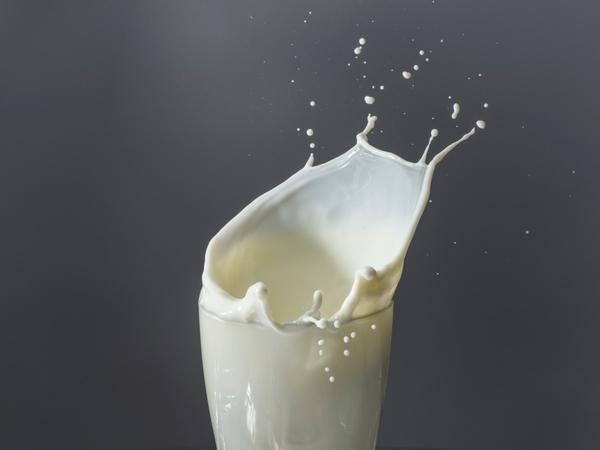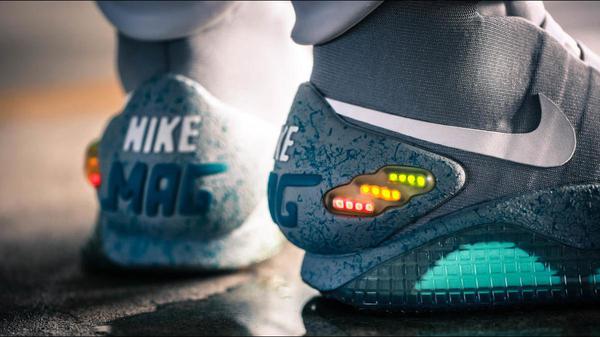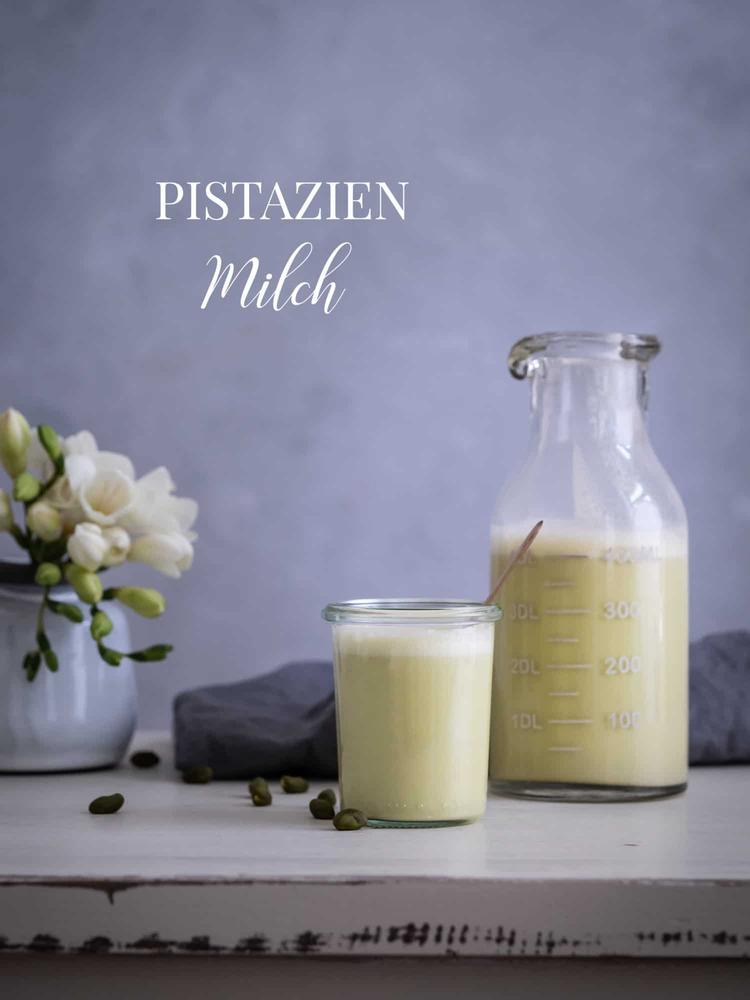
There have been solid soaps with natural ingredients in sustainable packaging. Nevertheless, many people still prefer to fall back on liquid soap, for example because they find the soap dispenser more hygienic or the dosage easier. The fact is, however, that both production and packaging are worse for the environment. "The increased transport volume of liquid soap creates 97 percent more CO2, exhaust gases and delivery traffic than would happen with a firm soap," explains Stefan over his invention - the SoaPlaker. This is a sustainable drying soap dispenser that should not only be more productive and environmentally friendly, but also prevents skin and water contact. Because "nobody wants a greasy, used piece of soap," says the designer from Essen. But is that also true? We tested it. Aaffiliate Linksoapflaker soap dispenser, including aloe vera soap, shop €15.99
Background: What does the soap donor promise?
According to Stefan, his refillable dry -soap donor is particularly productive: a piece of soap (in the event of a quarter turn) should be enough for up to 500 hand washes.For comparison: On average, 1500 milliliters of liquid soap are needed.In addition, the soappflaker products do without disposable plastic without exception-this also applies to the refill sets.But what exactly is in the solid soap that the designer developed?According to their own statements, only certified organic plant oils from organic and sustainable cultivation are used for production.The range currently comprises two different soaps in the "Aloe Vera" and "honey" variants.In terms of price, the starter set is 14.99 euros, but there is the Soappflaker and a soap for the dry-soap donor.The refill sets with two soaps are 7.99 euros.
Practition test: This is how the soappuck is used
In order to test the dry -soap donor, it must be assembled:
- Zuerst soll das Acrylglas abgezogen und das obere Ende des soapflakers von Hand abgeschraubt werden.
- Anschließend wird das Stück Seife auf den Spender geschoben und das obere Ende wieder zugeschraubt. Wichtig hierbei ist, dass die Einkerbungen der Seife direkt unter denen des Aluminium-Deckels liegen.
- Nun wird das Acrylglas wieder auf den soapflaker gesteckt, bis es einrastet.
In order to use the dry -soap donor, it must be turned like a spice mill.At first we wondered how the content should land in our hands.In fact, the soap pucker is so small that it fits in one hand and can easily be turned with the other hand.The fine soap flakes trickle on the palm of the hand.As a result, the soap itself always stays dry and - at least the manufacturer - can be used up almost without residue.
Conclusion: Did the Soapflaker convince us?
Both assembling and the application are as easy as the manufacturer promises. Only a small revolution of the Soapflaker is enough to wash your hands with it. We honestly did not find out whether a piece of soap can really be used up to 500 times. Nevertheless, we were pleasantly surprised by the handling as well as the result. And we also find the sustainable idea behind it to do without liquid soap and produce less plastic waste. The design of the dry -soil donor is modern and handy, so that people who do not want to use solid soap due to their optics and feel also benefit from it. It is only a shame here that so far there are only two different types for the Soapflaker - and you have no way to put another solid soap into the donor. All in all, however, we find the prices for the starter set and the refill packs quite fair and appropriate.







